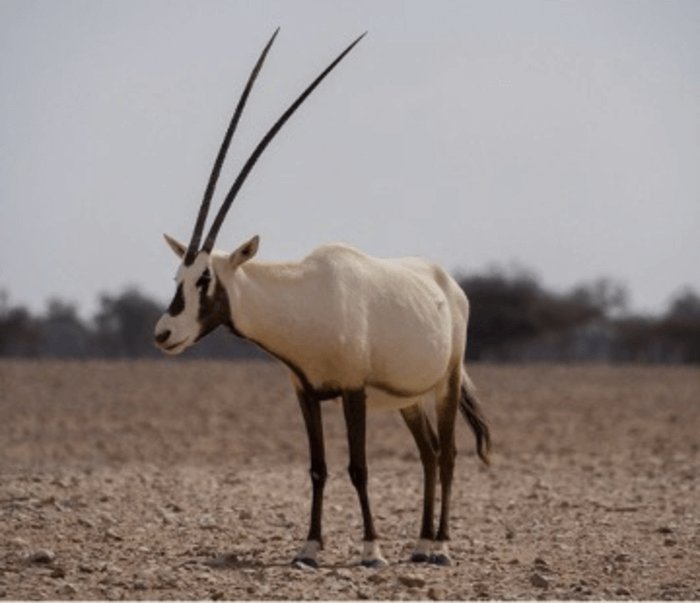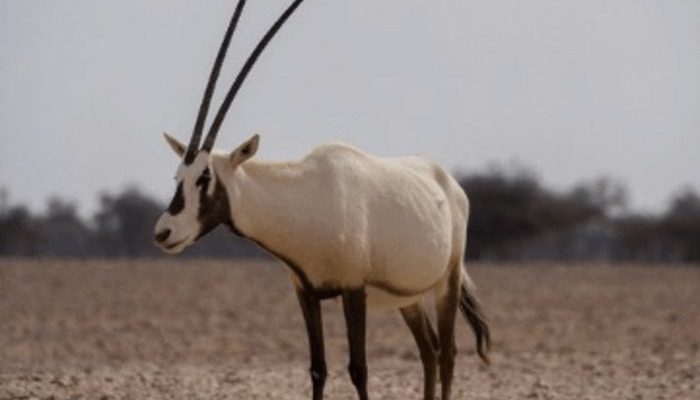
Oryx have adapted wonderfully to some of the harshest climates on Earth. From the arid deserts of the Arabian Peninsula to the open savannas of Africa, they’ve developed unique skills and behaviors that showcase their cognitive prowess. So, let’s dive deeper into understanding how smart oryx really are and what makes them such remarkable creatures.
Cognitive Abilities of the Oryx
Oryx are known for their impressive survival strategies, but how do these relate to their cognitive abilities? Think about it: a creature that thrives in such a challenging environment must possess a sharp mind. Research suggests that oryx have strong problem-solving skills, particularly when it comes to finding food and water. In the desert, resources are scarce, and oryx have learned to remember the locations of water holes and grazing areas. This ability to remember and navigate is a clear indicator of their cognitive functions.
Let’s not forget their social dynamics. Oryx live in herds, which can range from just a few individuals to larger groups. This social structure requires them to communicate and cooperate with one another effectively. They use a variety of vocalizations, body language, and even subtle behavioral cues to convey messages, whether it’s about danger or locating a food source. In many ways, their intelligence reflects a balance between individual needs and group survival, showcasing a higher level of cognitive processing.
Problem-Solving Skills
You might be wondering how exactly oryx display their problem-solving skills. It’s not just about finding food; it’s also about adapting to their environment. For example, when faced with drought conditions, oryx have been observed traveling long distances to reach reliable water sources. They often take calculated risks, choosing the safest routes that minimize the chance of predator encounters. This strategic thinking is a hallmark of their intelligence.
Moreover, oryx show remarkable adaptability. When they encounter new obstacles—like temporary barriers or predators—they can quickly assess the situation and find alternative paths. This flexibility is essential for survival in the ever-changing landscapes they inhabit. It’s like having a mental toolbox, filled with various strategies they can pull from when needed, showing just how resourceful they can be.
Social Intelligence
Another fascinating aspect of oryx intelligence is their social behavior. Living in herds not only offers protection from predators but also requires complex social interactions. These interactions can range from forming bonds with specific individuals to establishing hierarchies within the group. Oryx can recognize their peers and may even remember past interactions. This memory is crucial, especially when it comes to choosing allies or recognizing threats.
During mating season, social dynamics become even more interesting. Males often display competitive behaviors, but there’s a level of strategy involved, too. They will assess their rivals and make decisions based on their chances of success. It’s a bit like a strategic game of chess—each move matters and can determine their position within the herd. Such interactions speak to a level of social intelligence that is quite sophisticated.
Communication Styles
Communication is a vital component of how smart oryx can be. They use a variety of sounds, including whistles, grunts, and snorts, to convey different messages. For instance, a sharp grunt might signal alarm, while softer whistles may be used in more relaxed social settings. Researchers have noted that the nuances of their vocalizations are quite rich, suggesting they have a detailed language of their own.
Body language also plays a significant role. Oryx have distinctive postures and movements that can indicate mood or intention. For example, when a female is receptive to mating, her body language changes, signaling males that she is available. Being able to interpret these signals is essential for maintaining social bonds and ensuring successful mating. So, in many ways, they’re like the social butterflies of the desert!
Learning and Memory
Learning is another crucial aspect of oryx intelligence. They’re not just born with survival skills; they learn from experience. Young oryx observe their mothers and other herd members to acquire knowledge about food sources and predators. This process of observational learning is common in many intelligent species, and oryx are no exception.
Once they’ve learned something, oryx seem to exhibit good long-term memory. Studies have shown that these animals can remember the locations of food and water for extended periods. This ability is vital in their arid habitats, where resources can be sparse and fluctuating. It’s like having a mental map of their environment—an ingenious adaptation for survival.
The Role of Intelligence in Survival
So, why does intelligence matter for oryx? In the harsh conditions of the deserts, being smart can make the difference between life and death. Their cognitive abilities help them avoid predators, find food, and adapt to changing environments. For example, oryx can adjust their behaviors based on the season. In the cooler months, they might move to higher elevations for better grazing, while in the heat of summer, they stick to shaded areas and water sources.
Understanding their intelligence can also support conservation efforts. By recognizing the complexities of their behavior, conservationists can create better strategies to protect these animals and their habitats. It’s a reminder that intelligence is not just about brainpower; it’s about how you apply that knowledge to navigate life’s challenges.
In the grand tapestry of life, the oryx weaves a story of resilience and intelligence. Their cognitive abilities shine through in their problem-solving skills, social interactions, and adaptability. These stunning creatures remind us that intelligence comes in many forms and is essential for survival in the wild. Whether navigating the harsh desert landscape or forming complex social bonds, oryx exemplify what it means to be smart in the animal kingdom.
Next time you see an oryx, take a moment to appreciate not just their beauty but also the incredible minds behind those striking features. Who knows? You might just find a new appreciation for these fascinating animals!

